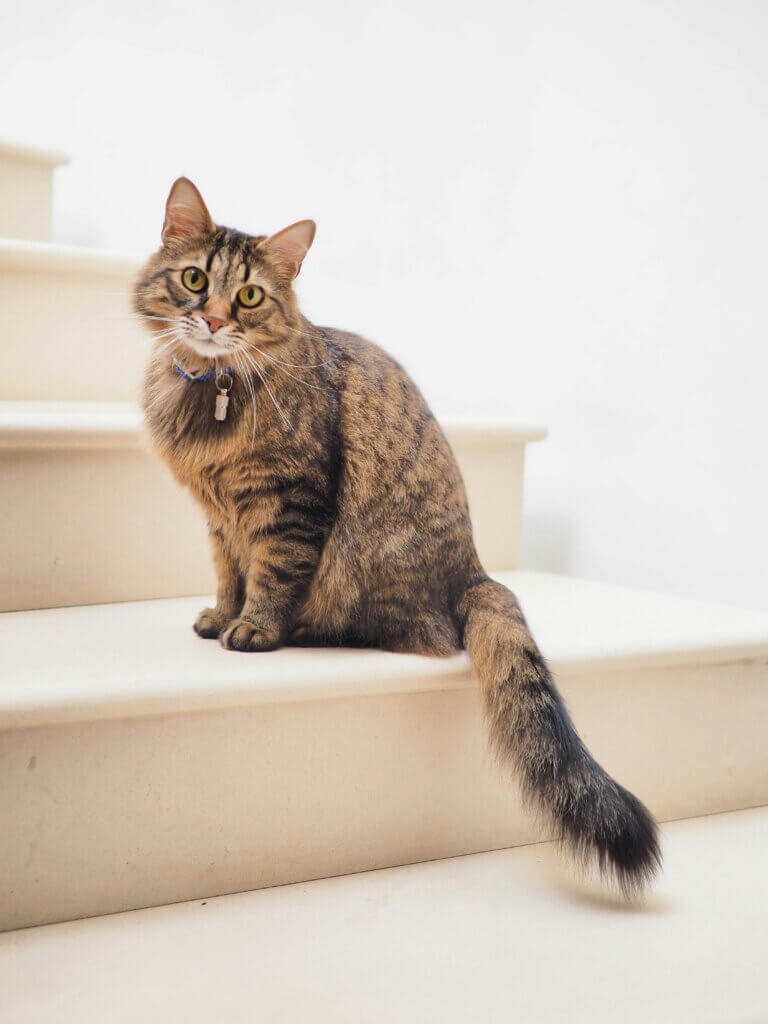If you’ve ever wondered why your feline friend seems to be massaging your lap, a blanket, or even your own belly, you’re not alone. This peculiar behavior of cats, known as kneading, has puzzled pet owners for ages. While it may seem like a simple act of comfort, there’s actually more to it than meets the eye. In this article, we’ll explore the fascinating reasons behind why cats knead and uncover the hidden meanings behind this enchanting behavior of our beloved whiskered companions. So sit back, relax, and prepare to discover the captivating world of kneading cats.
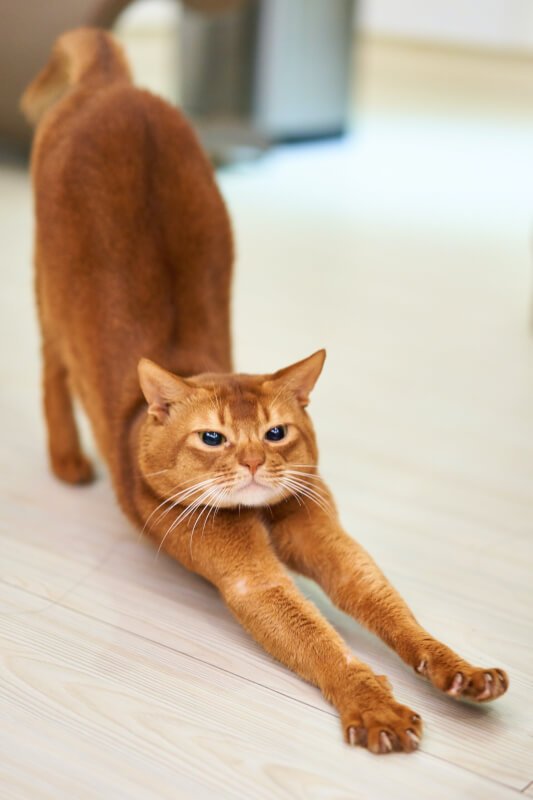
Understanding Kneading
Definition of kneading
Kneading is a rhythmic and repetitive motion that cats frequently engage in. It involves using their front paws to push in and out against a soft surface, often while simultaneously flexing their claws. This action resembles a kneading motion, similar to a baker working dough. Cats often accompany kneading with a purring sound, displaying a sense of contentment and relaxation.
Ready for Cat Trivia?
Test your knowledge about cats!

Common characteristics of kneading
While the specific methods and intensity of kneading may vary among cats, there are some common characteristics associated with this behavior. Typically, cats will alternate between their left and right paws while kneading, creating a consistent rhythm. Additionally, their claws may extend and retract during the process, but they are usually not used aggressively.
Instinctual Behavior
Kneading as a behavior in cats
Kneading is an instinctual behavior that is primarily observed in domestic cats. Kittens instinctively begin kneading shortly after birth, even before their eyes open. This behavior continues into adulthood, with cats often kneading soft blankets, pillows, or even the laps of their human companions.
Evolutionary reasons for kneading
The underlying reasons behind kneading can be traced back to a cat’s evolutionary history. In the wild, newborn kittens stimulate their mother’s mammary glands by kneading, which encourages milk flow during nursing. This instinctive behavior is believed to have been retained as a way for cats to find comfort and sustenance, even when they have been weaned and are no longer dependent on their mother.
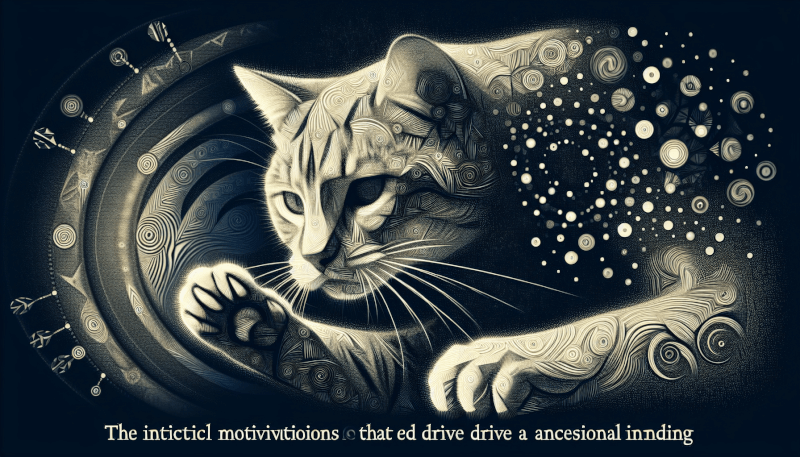
Physical Stimulation
Sensory experience during kneading
When cats knead, they not only engage in physical movement but also indulge in sensory experiences. The padding and flexing of their paws provide tactile stimulation, activating and stretching the muscles and tendons in their limbs. This can be both physically beneficial and mentally stimulating for cats, promoting a healthy range of motion and improving their overall well-being.
Stimulating mammary glands
Additionally, kneading can stimulate a cat’s mammary glands, which may trigger the release of endorphins. Just as kneading during nursing stimulates milk production in mother cats, adult cats may still experience a pleasurable sensation when kneading certain surfaces. The sensation of kneading helps release tension and provides a sense of comfort and satisfaction.
Comfort and Contentment
Associating kneading with mother’s comfort
For many cats, kneading is deeply rooted in the memory of their time spent with their mother. During nursing, kittens knead against their mother’s body to stimulate milk production and find comfort. As they grow older, they may associate this behavior with the feelings of safety and contentment they experienced during infancy. Kneading serves as a nostalgic reminder of the nurturing bond they had with their mother.
Kneading as a sign of relaxation
In addition to the association with their mother, cats often knead as a means of self-soothing and relaxation. The rhythmic motion of kneading can release tension and provide a sense of calm. When a cat kneads against a soft surface, it may be a sign that they feel secure and at ease in their environment. It is not uncommon to see cats kneading before settling down for a nap to create a comfortable space.
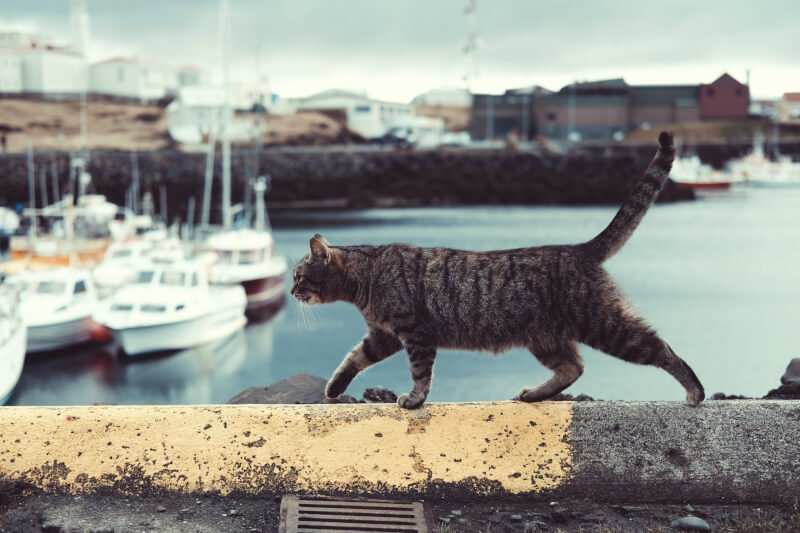
Territory Marking
Scent glands and kneading
While kneading may have originated as a way to stimulate milk flow, it has developed additional significance in a cat’s adult life. Cats possess scent glands in their paw pads, and the act of kneading allows them to leave their unique scent on objects or surfaces, marking them as their territory. By kneading, cats are essentially claiming ownership of their surroundings, communicating to other animals that this space is theirs.
Claiming ownership through kneading
Furthermore, by marking their territory through scent, cats establish a sense of familiarity and security within their environment. This behavior not only serves as a form of communication with other animals but also reaffirms the cat’s own sense of identity. Kneading allows them to feel in control of their surroundings and establish their territory, providing a sense of comfort and stability.
Emotional Expression
How cats show emotions
Cats are known to be complex creatures that can experience a range of emotions. While they may not express their feelings in the same way humans do, they have unique ways of communicating their emotions. Behaviors such as purring, vocalizing, and body language are all indications of a cat’s emotional state.
Kneading as a form of emotional release
Kneading can also be seen as a form of emotional expression for cats. Engaging in this behavior may help them release pent-up emotions, reduce anxiety, and provide a sense of comfort. Similar to how humans may engage in activities like squeezing stress balls or fidgeting to relieve tension, cats may naturally turn to kneading as a way to express and manage their emotions.
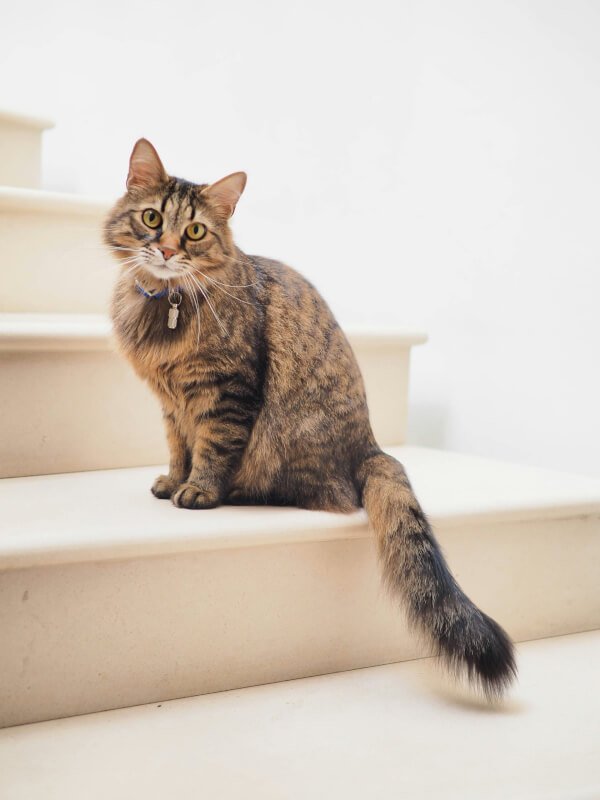
Attention Seeking
Using kneading to get attention
Sometimes cats engage in kneading as a means of seeking attention from their human companions. When a cat kneads on their owner’s lap or near their face, it can be interpreted as a request for interaction and affection. By using their front paws to knead, cats draw attention to themselves and often succeed in capturing the focus and affection they desire.
Demanding cuddles and petting
Kneading can also be a precursor to further bonding activities for cats. While kneading, cats may nuzzle, purr, or present their belly, signaling to their owners that they are seeking closer physical contact. This behavior is often reciprocated with cuddles, petting, and attention. It is a way for cats to strengthen their bond with their human companions and create a deeper sense of trust and connection.
Nurturing Instinct
Kneading as nurturing behavior
Kneading can be viewed as a manifestation of a cat’s nurturing instinct. Just as kittens knead to stimulate their mother’s milk production, adult cats may exhibit kneading behavior when they feel affectionate or caring towards their companions or even inanimate objects. This behavior may be their way of expressing a nurturing and protective instinct, similar to how they would care for their own young.
Role of hormones in kneading
Hormones also play a role in kneading behavior. When cats knead, it can stimulate the release of hormones such as oxytocin, often referred to as the “love hormone.” Oxytocin promotes feelings of comfort, trust, and relaxation. By engaging in kneading, cats reinforce their emotional bond with their surroundings and the individuals they care about.
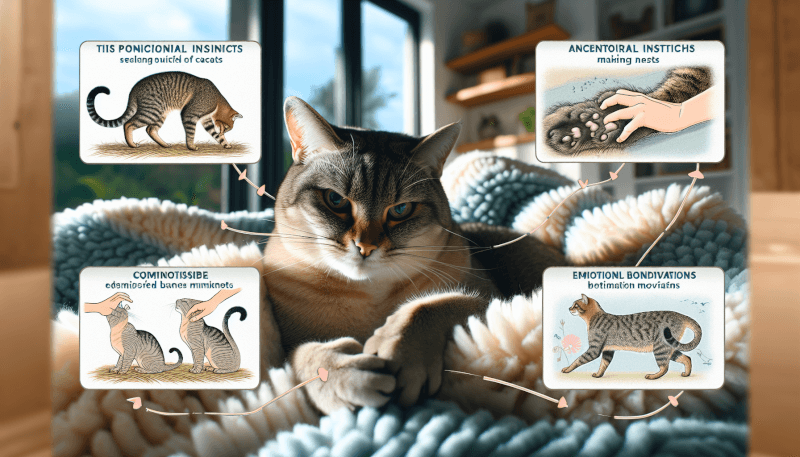
Stress Relief
Kneading to alleviate stress
Similar to how humans engage in stress-relieving activities such as knitting or squeezing stress balls, cats may turn to kneading as a way to alleviate stress. The repetitive and rhythmic motion of kneading can be soothing for cats, helping them relax and regulate their emotions. It provides an outlet for their stress and anxiety, allowing them to find comfort and restore a sense of balance.
Self-soothing behavior in cats
Kneading can be considered a self-soothing behavior for cats. It offers a sense of control and familiarity in times of stress or uncertainty. By engaging in kneading, cats are able to redirect their focus, release tension, and create a sense of calm within themselves. It is often observed that cats resort to kneading during periods of change or when faced with challenging situations.
Social Bonding
Kneading as a bonding activity
In addition to seeking attention from humans, cats also engage in kneading as a bonding activity with other cats. When cats knead each other, it is a mutual and social behavior that strengthens their bond. By concurrently kneading and grooming each other, cats establish trust, promote social cohesion, and maintain a harmonious group dynamic within their feline communities.
Kneading with fellow cats and humans
Similarly, when cats knead on their human companions, it can be seen as an invitation for social bonding. By engaging in this behavior, they are expressing their desire for closeness and interaction. Responding to their kneading by providing gentle strokes or engaging in play can further strengthen the bond between cats and their owners, creating a positive and nurturing relationship.
In conclusion, kneading is a behavior deeply rooted in a cat’s instincts and experiences. It serves various purposes, including physical stimulation, emotional expression, territorial marking, and social bonding. By understanding the reasons behind why cats knead, we can better comprehend their behavior and provide them with the comfort, care, and attention they need to thrive.

